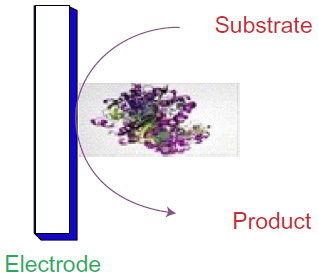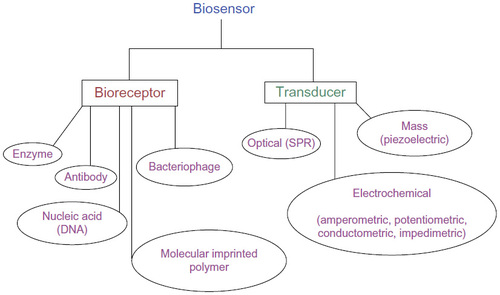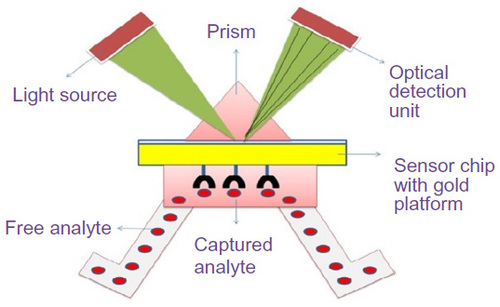Figures & data
Figure 2 Diagrammatic representation of the first-generation of a glucose biosensor.

Figure 3 Diagrammatic representation of the second-generation of a glucose biosensor.

Figure 8 Amperometric biosensor.
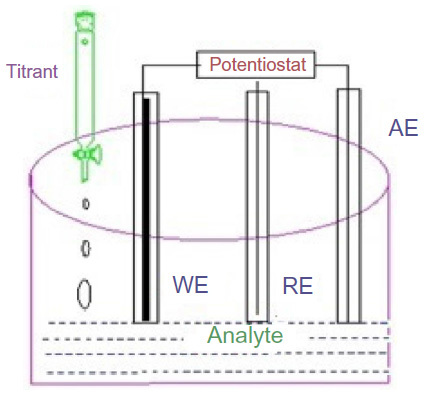
Figure 9 Potentiometric biosensor.
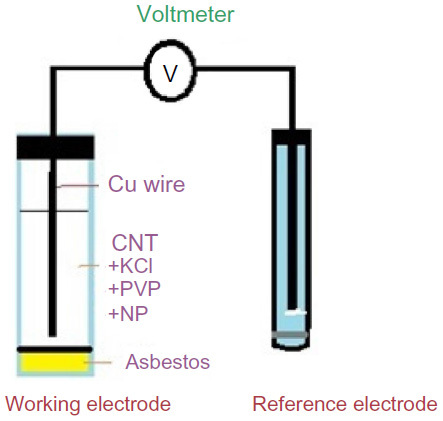
Table 1 Some examples of electrochemical biosensors used in food analysis


